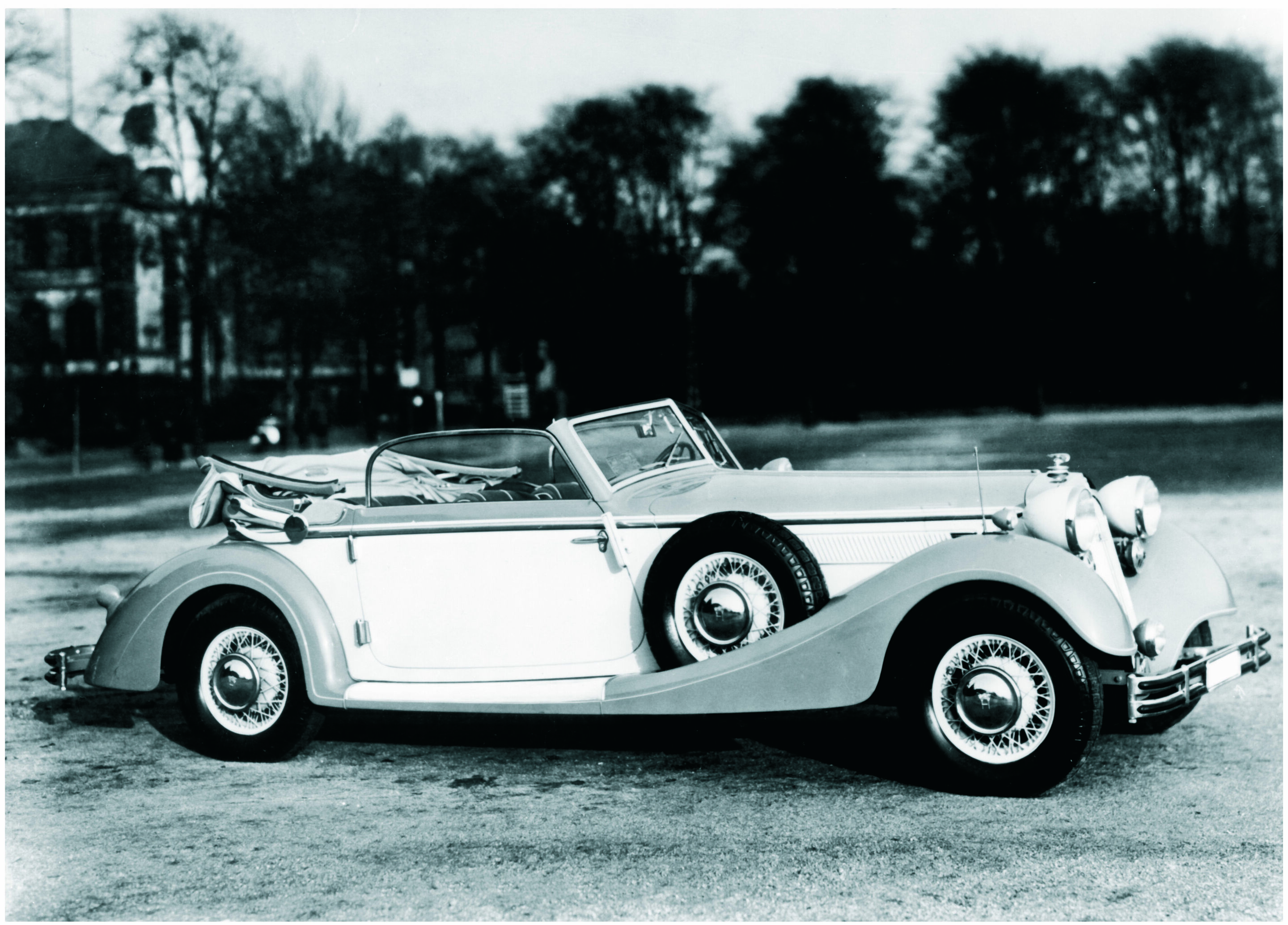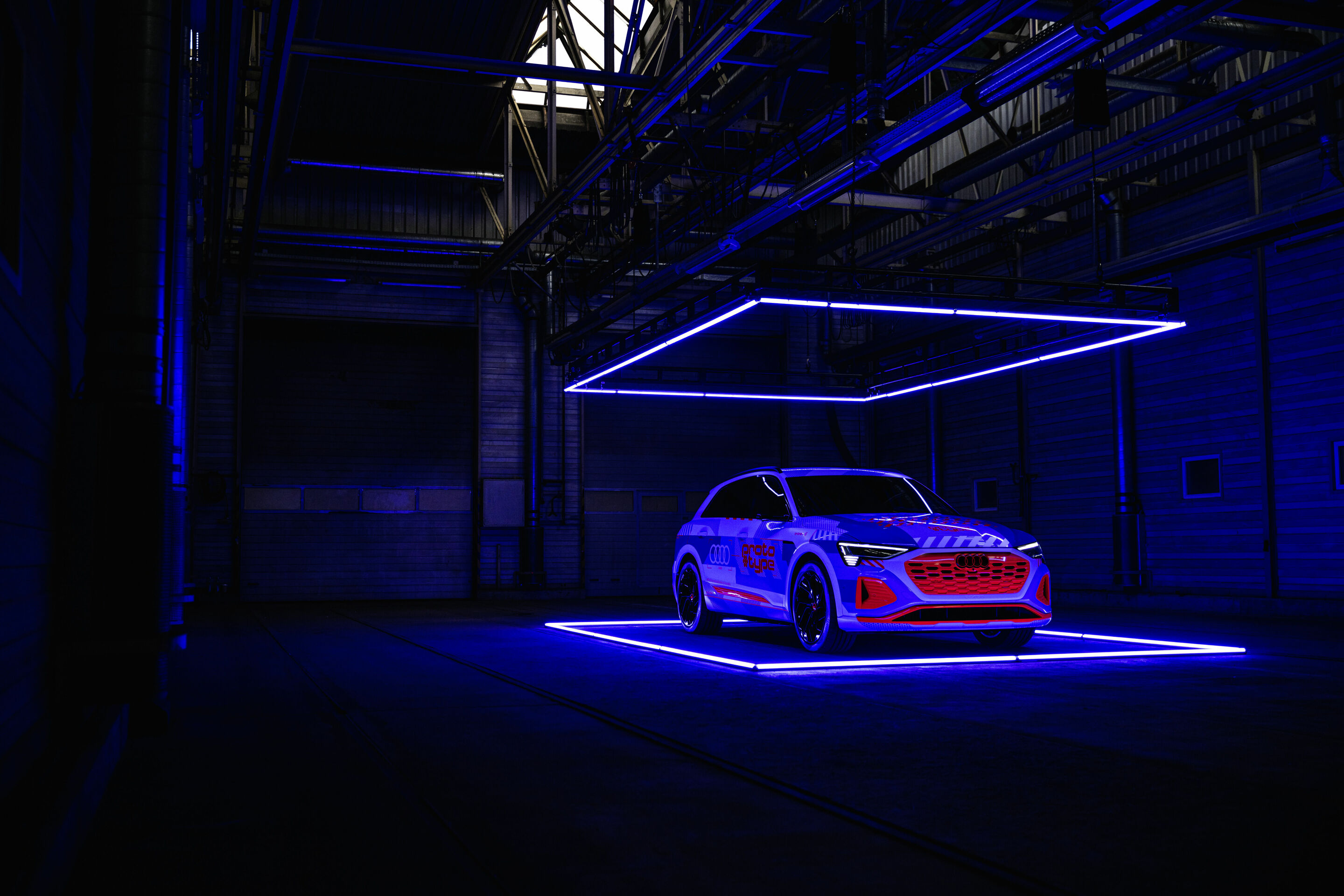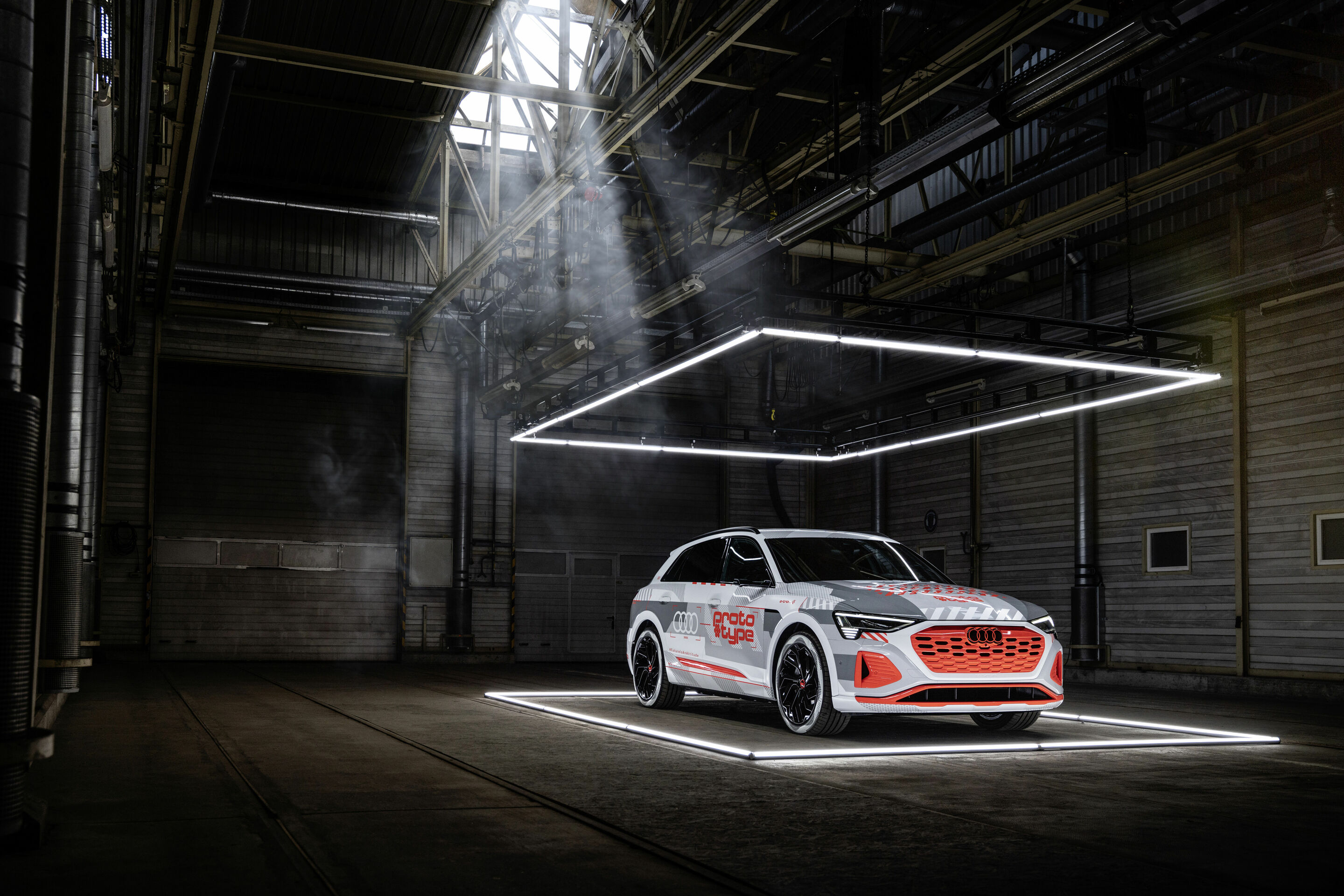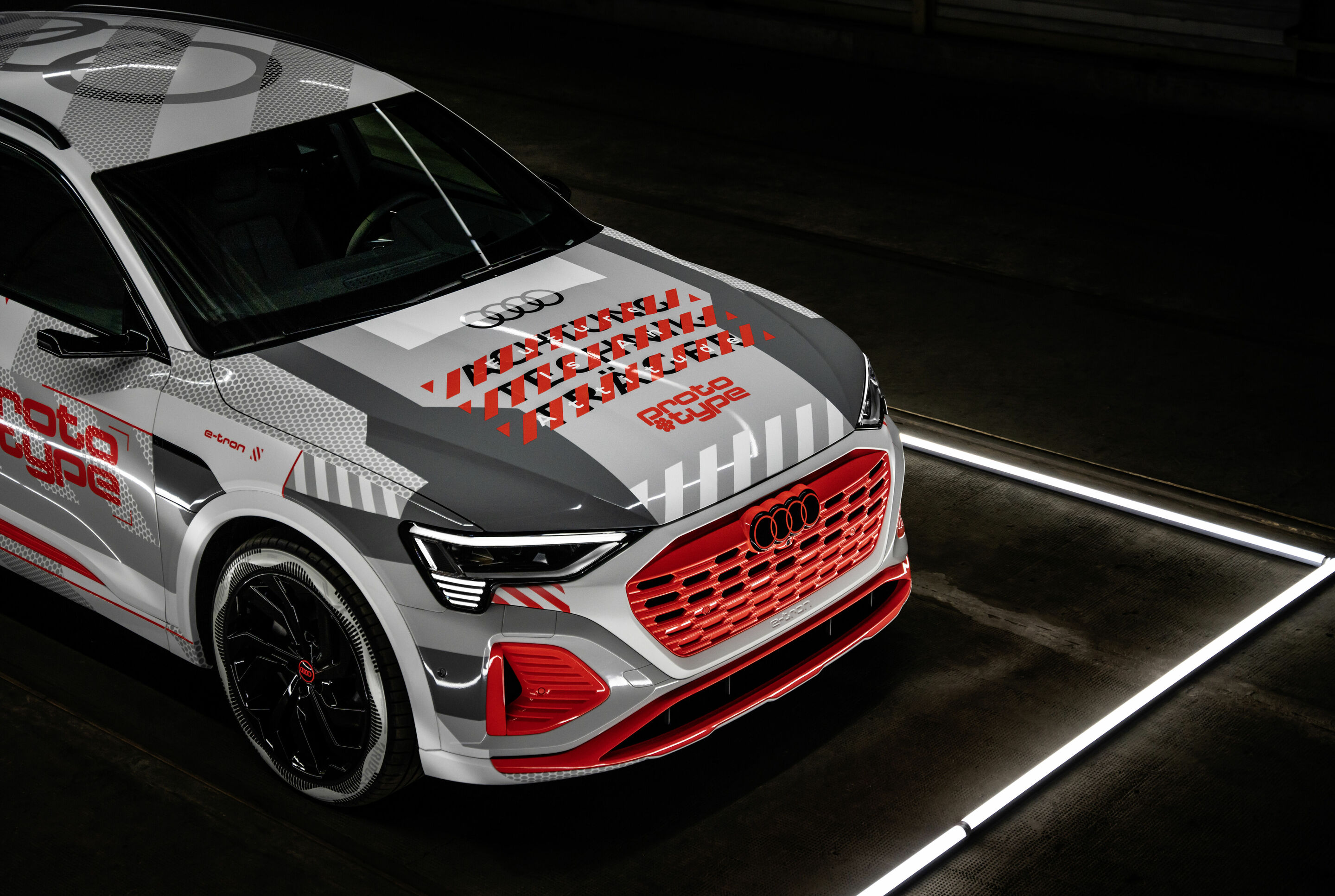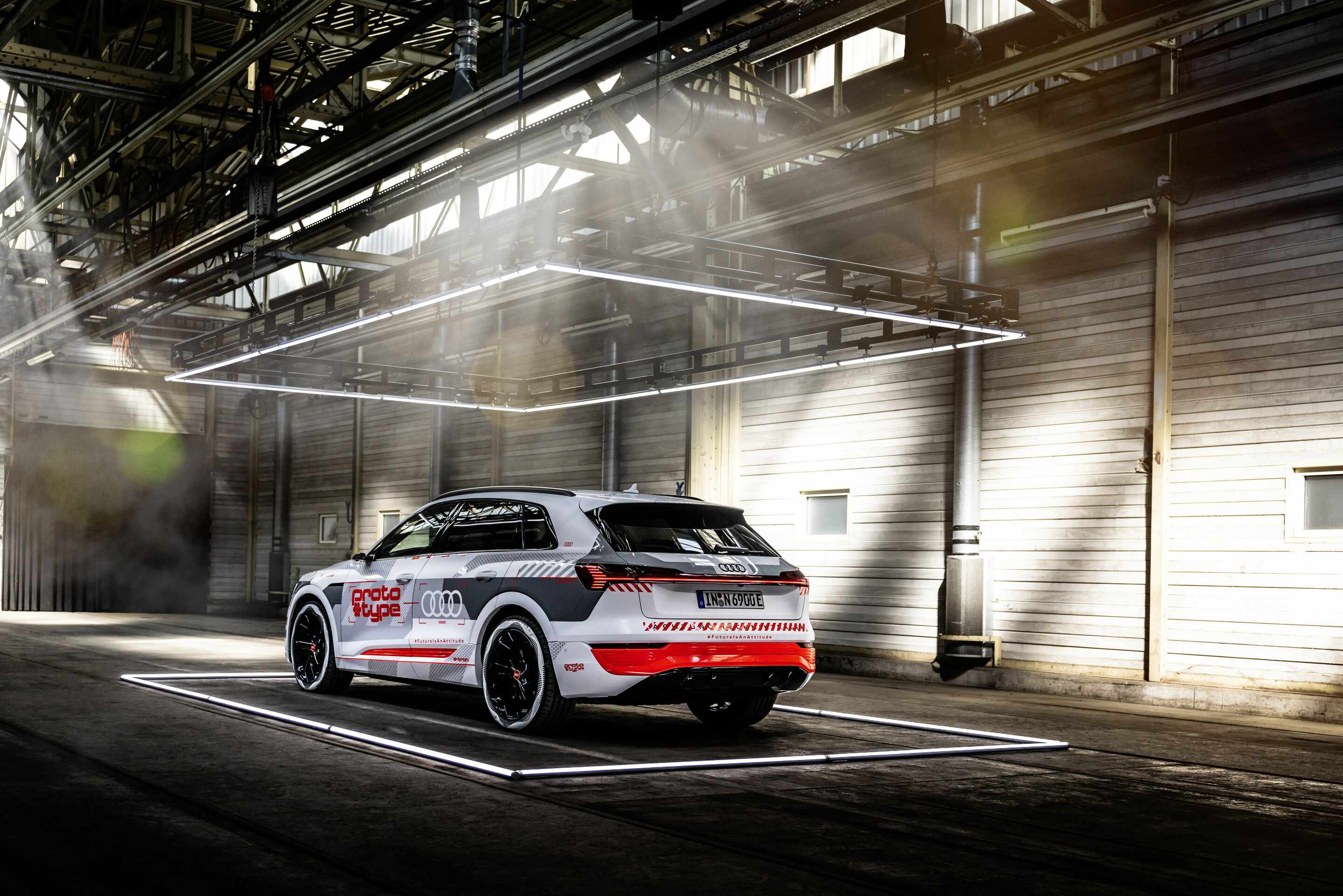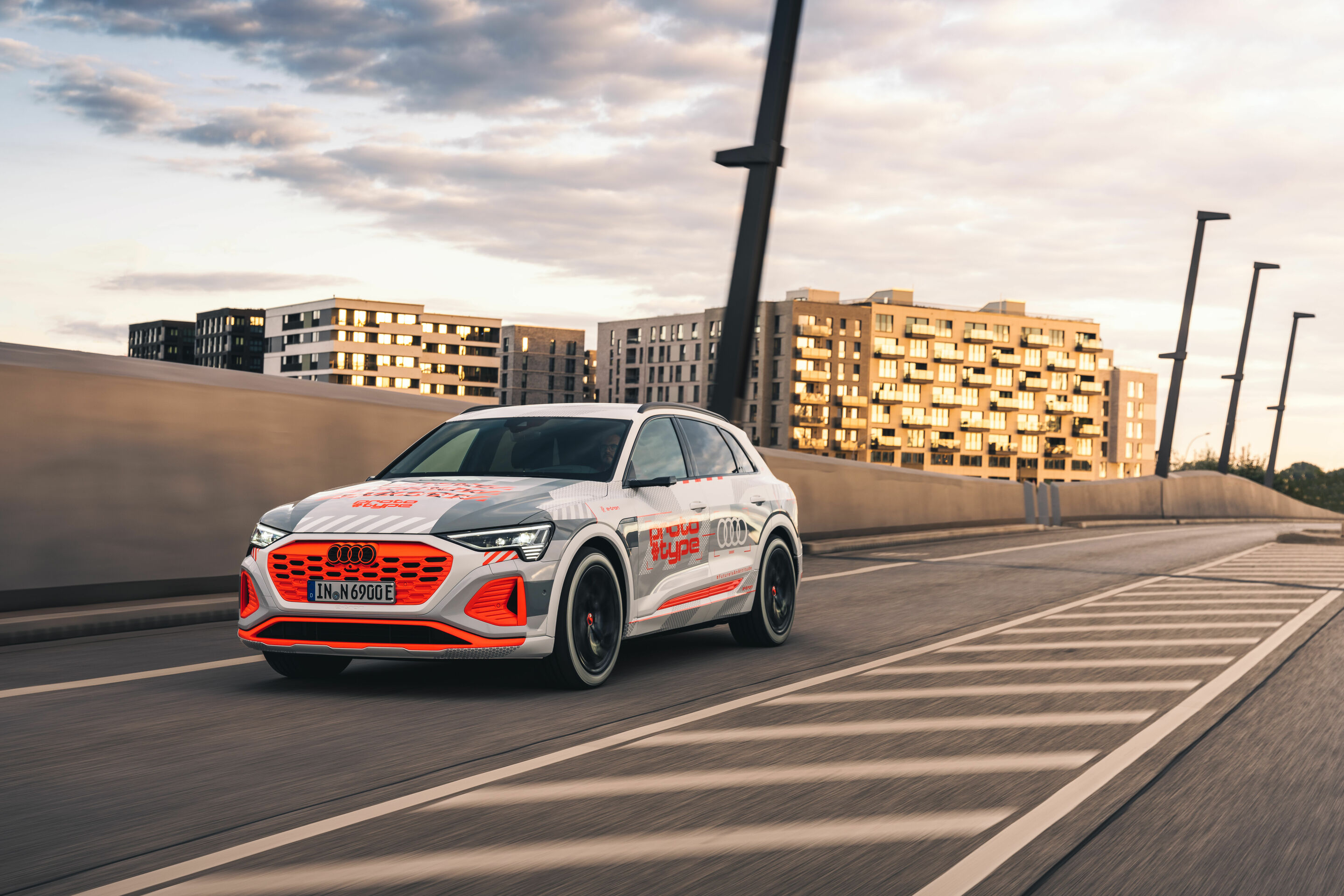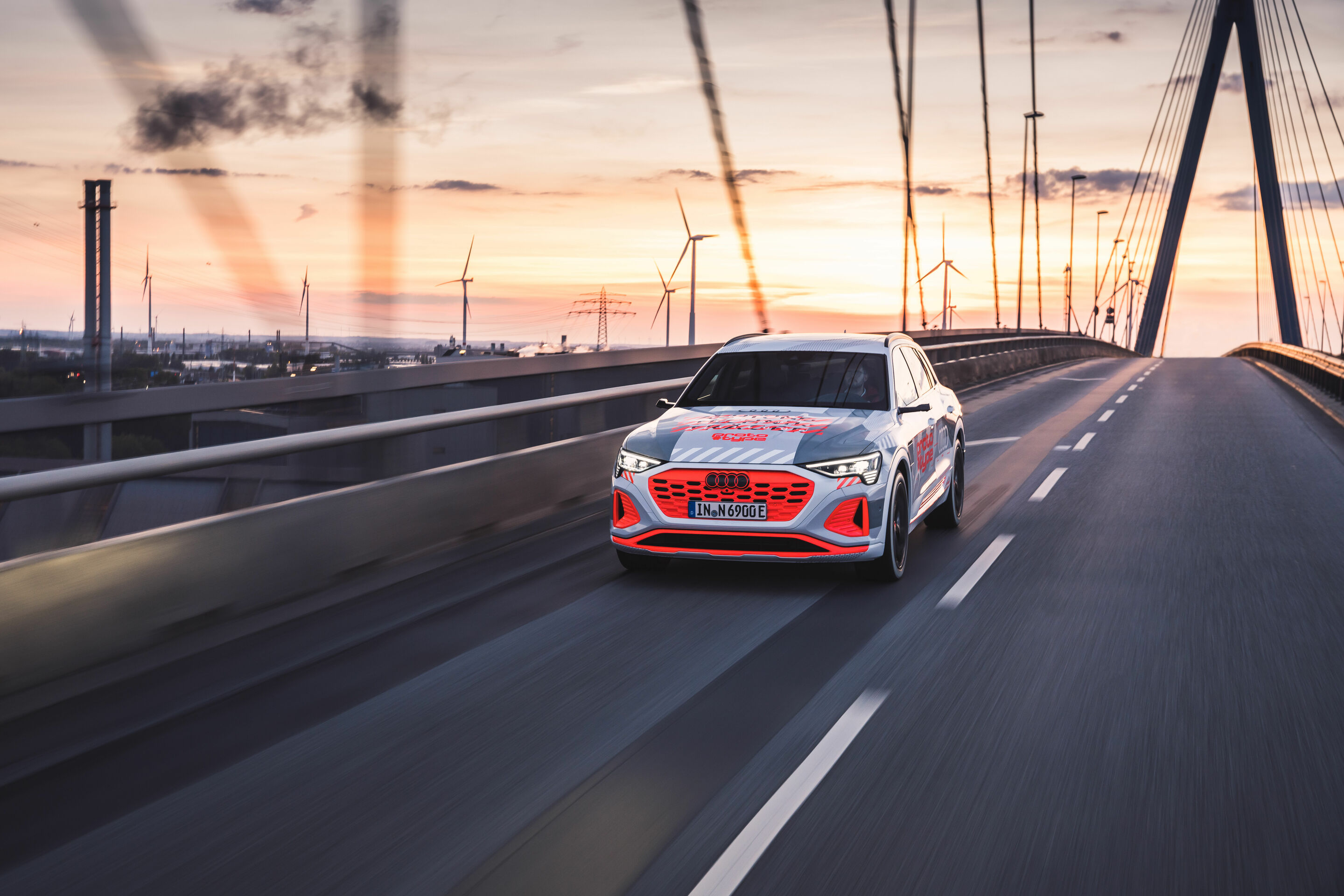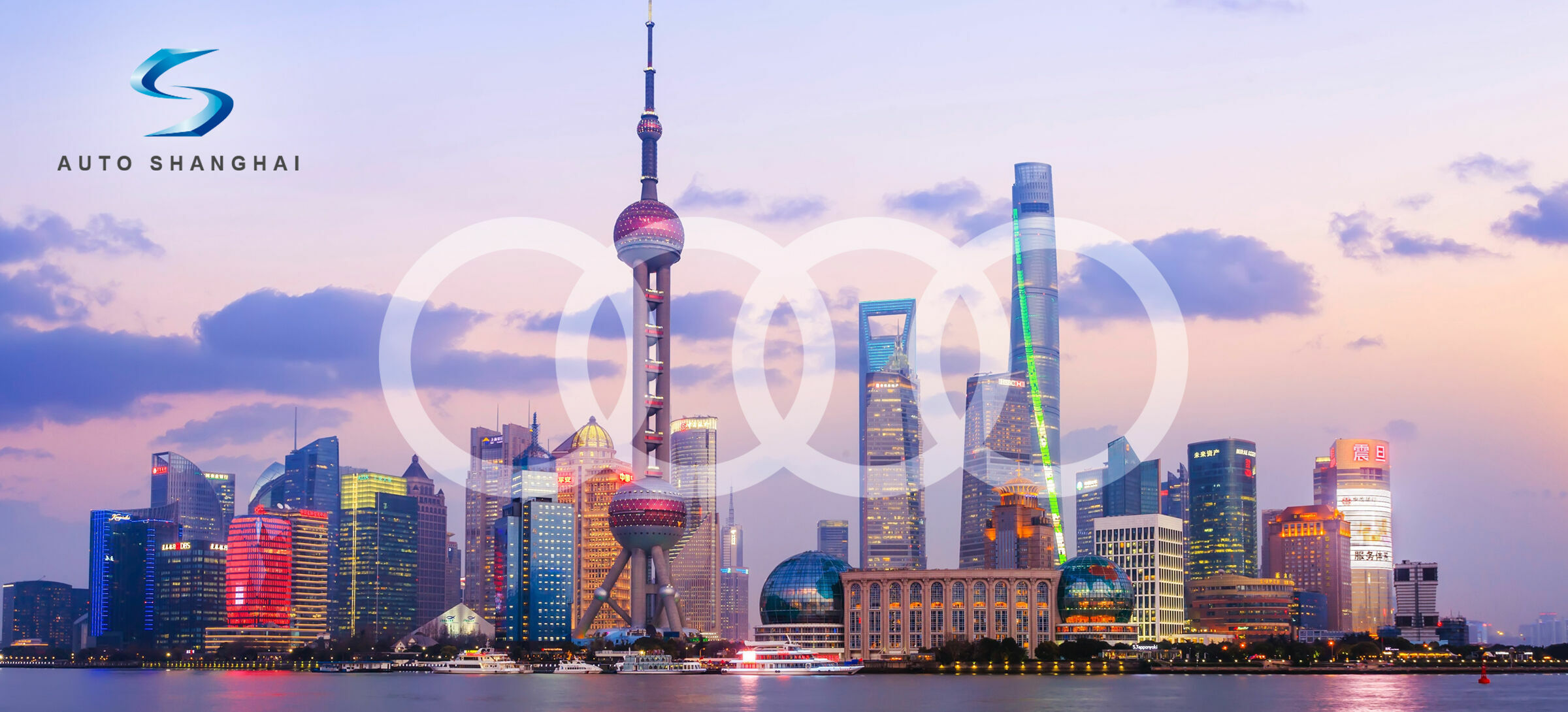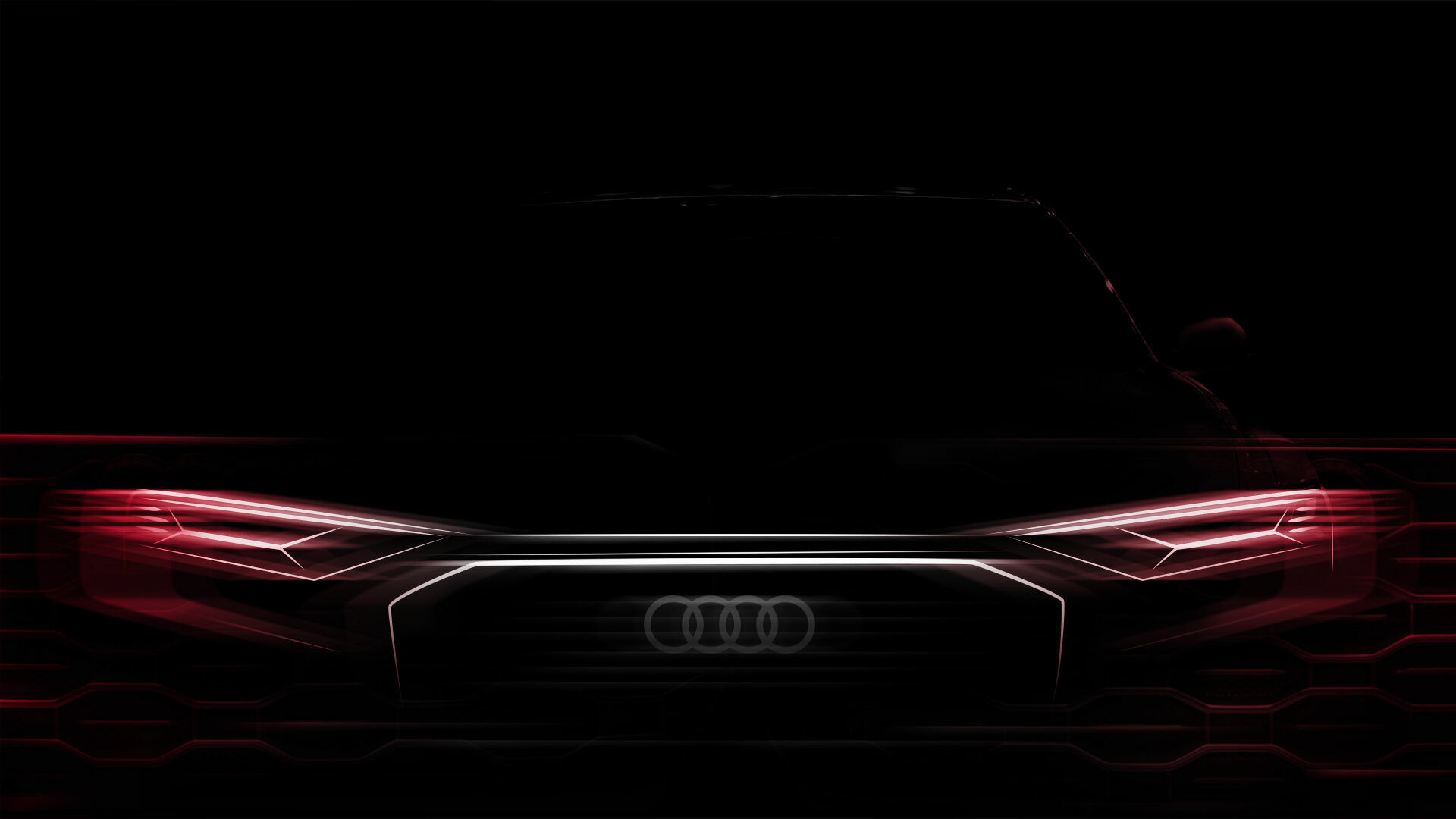Historical Models
Today's AUDI AG looks back at a history that spans more than 100 years of automobile construction. An exciting voyage through time that started in the late 19th century. The Saxon brands of Audi and Horch from Zwickau, Wanderer from Chemnitz and DKW from Zschopau played a decisive role in motor vehicle development in Germany. These four brands amalgamated in 1932 to form Auto Union AG – with the sign of the four rings.
